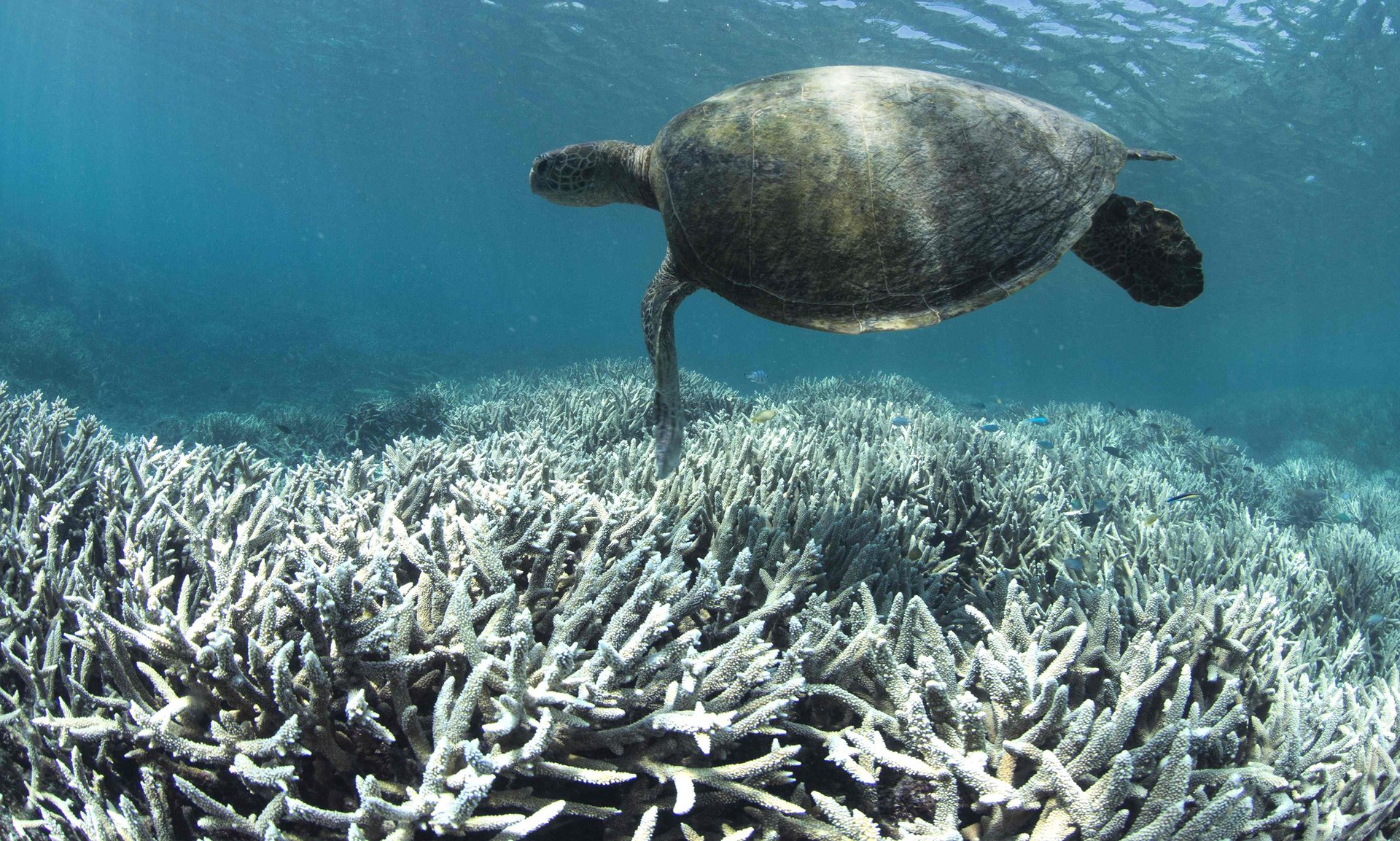 |
| goo.gl/V0LaFP |
Summary:
A chemical reaction is a process in which one set of substances called reactants is converted to a new set of substances called products.
To know when a chemical reaction is happening you should probably look for these signs in the mixture you created. Either visible gas, bubbling around the surface, fizzing, the temperature of the substance either gets very hot or goes down to very cold, and lastly color changing. The Reactants are what you mix to get the product. And the reactants yield the products. And obviously the products are the outcome of the reactants.
S&EP: SP3: Planning and carrying out investigations: I played an interactive game called on play.lol and we basically had to figure out how one reaction causes another. And this was also supposed to show us how the different signs of a chemical reaction look like. Fizzing,bubbling,change in temperature or color, and gas starts to come out of the product. Dissolving is not a chemical change its is a physical change. Lets say its salt that dissolved. I am sure there is some way to change salt back to its normal solid was because dissolving it didn't change it.
XCC: Cause & Effect: When two different reactants are mixed together they create a product. Like if we put two hydrogen and one oxygen together it gives us water. One nitrogen, four hydrogen, and one chlorine. This gives us NH4Cl which is Ammonium chloride. Different things(reactants) combined create(yield) other things (products). So whatever you put together always has another out come. Like Sodium and Chloride make NaCl (Sodium Chloride// Table Salt).

